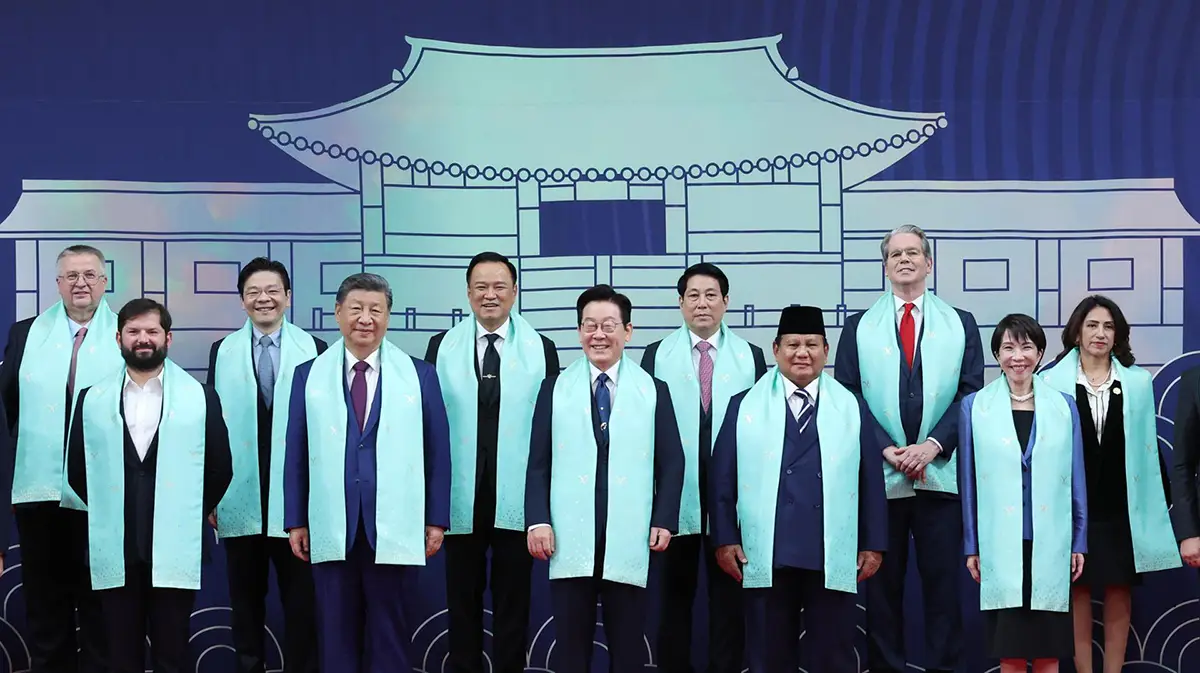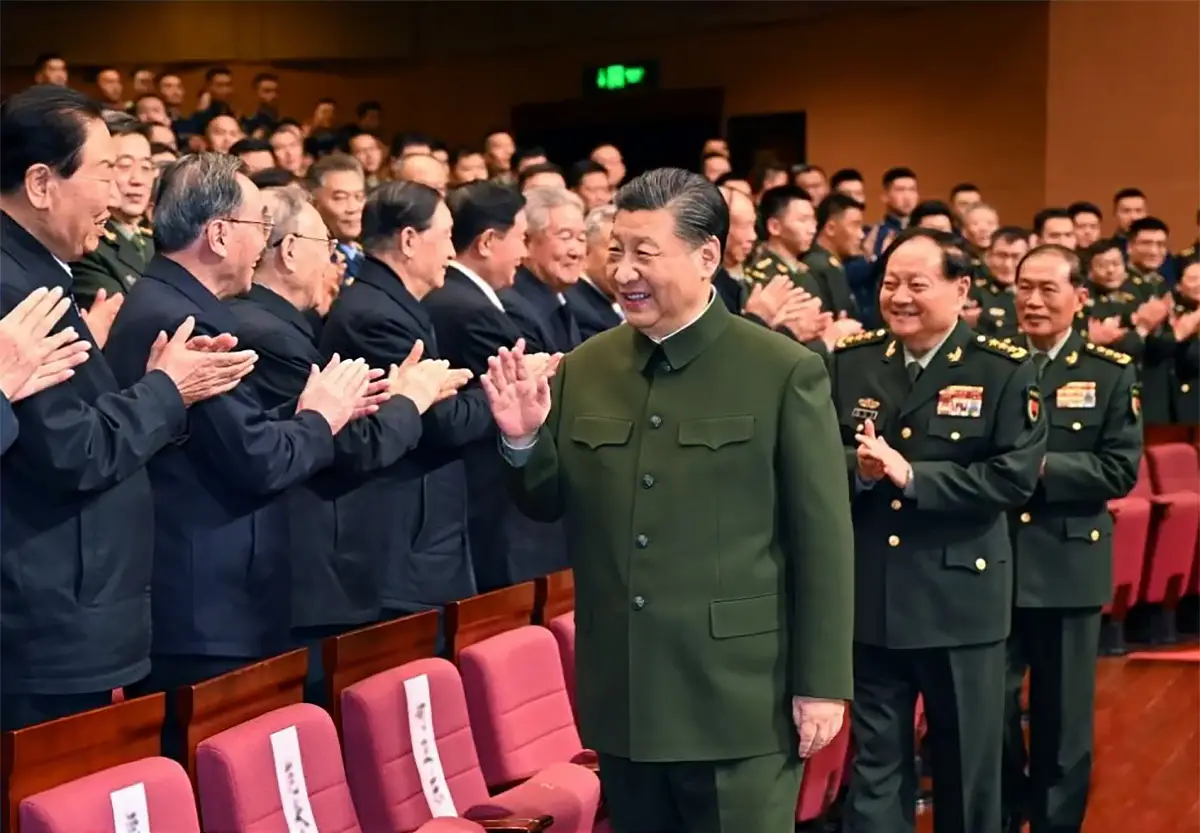The release of “Top Gun: Maverick” once again has people asking, “What happens at the real TOPGUN?” To help answer this question from the perspective of CNA’s TOPGUN analysts, we’re reprinting with permission from the U.S. Naval Institute an article from Proceedings magazine, September 2019. That special issue was devoted to the 50th Anniversary of TOPGUN.
Just over 50 years ago, the Ault Report famously recommended the creation of an “Advanced Fighter Weapons School.” But in a less familiar passage, Captain Frank Ault’s Air-to-Air Missile System Capability Review team also called for an analytical approach to fighter crew training. The report complained, “Firing envelope recognition is largely by ‘eyeball and intuition.’”
Although human judgment still has an essential role in the cockpit, Ault would be pleased to know that throughout the history of TOPGUN, eyeball and intuition have been increasingly supplanted by models and experimentation. As a culture that understands how to make effective use of analysis, TOPGUN is a model for naval commands.
No other independent organization has been able to observe this culture as closely as CNA’s Center for Naval Analyses. Since 1975, CNA has maintained a billet for a civilian scientist colocated with the Navy Fighter Weapons School. It is one of dozens of CNA “field representative” positions at commands around the world.
Over the decades, TOPGUN instructors increasingly brought significant analytical questions to the embedded scientists, absorbing as much analytical support as they could get away with. In 1993, when the Navy dissolved the Fighter Airborne Early Warning Wing, Pacific, which had long supervised fighter tactics analysis, CNA signed an agreement to split a full-time analyst between TOPGUN and the Carrier Airborne Early Warning Weapons School (CAEWWS). The new analyst in that billet, Michael Atamian, reported that TOPGUN staff had assured him, “We’ll keep you so busy you won’t have time to go into the CAEWWS hangar.” They were true to their word. Atamian produced hundreds of pages of analysis, nearly all of it for TOPGUN.
That hunger for analysis remains strong. CNA analysts based at Naval Air Station Fallon today are available to all commands under the Naval Aviation Warfighting Development Center (NAWDC). But as a result of TOPGUN’s insatiable appetite, the vast majority of the field reps’ time in recent years has been devoted to addressing questions for the Navy Fighter Weapons School.
A Culture of Continuous Improvement
TOPGUN’s appreciation for analysis begins with its culture of continuous improvement. “‘We’ve always done it like that’ is not part of the vocabulary,” says Mike Macedonia, who served as a CNA analyst with TOPGUN from 2002 to 2005. “They reinvestigate everything, every time.”
The practice that best exemplifies this philosophy is the renewal of lecture material every time a new instructor takes over. “When lectures turn over, they are torn apart and built from scratch,” says Macedonia. In the months that new instructors spend reconstructing the lecture, they frequently question whether tactics taught in the past can be improved. They turn to analysis for answers.
The “murder board” for new lecturers is the afterburner in this analytical pursuit. As CNA analyst Matthew Grund wrote in 2000 when he was at Fallon, “The murder board is the final step an instructor under training [IUT] goes through to become a subject matter expert [SME]. The IUT presents the lecture before the entire TOPGUN staff, who dissect everything from content to font size and haircut.”
David Doll, the analyst at TOPGUN from 2014 to 2017, recalled in a monthly field letter to CNA headquarters a particular murder board in which the pilot taking over the Threat Pilot and Tactics lecture was queried for proof of a number in his lecture. “All eyes turned to me,” wrote Doll, who had to go back and help the new lecturer source his figure.
Sometimes queries for analytical refinements require an answer the same day, in time for the next lecture. Other times, they lead to months-long analytical projects — with significant impact. In 1999, TOPGUN’s surface-to-air missile (SAM) instructor, then-Lieutenant George Wikoff, approached CNA field representative Michael Webb with a determination to improve SAM countertactics dating back to the Vietnam War. One proposal for a “last-ditch” missile-defense maneuver for a pilot targeted by a SAM was a dangerous, high-G barrel roll. “We can’t have nugget pilots trying to barrel roll,” Webb recalls Wikoff saying.
Wikoff worked with Webb to come up with a less grueling maneuver they called the “SAM Weave.” Webb modeled the system, ran hundreds of simulations, and subjected the kinematic results to a statistical “Monte Carlo” analysis. Wikoff and other TOPGUN instructors would fly the suggested maneuvers against radars at China Lake, while Webb collected tracking data.
In time, with further assistance from the Naval Research Lab, they settled on a tactic that was at least as effective as the old method for evading missiles — and much simpler. The SAM Weave became part of TOPGUN — and Navy — doctrine. Months later, a former TOPGUN instructor sent a message to say that during an operation in the Middle East, he had been engaged by a SAM radar and executed the new maneuver. “He said it was ‘awesome,’ and he was very grateful,” recalls Webb. “What more could you ask for as an analyst?”
Demanding Data
Continually challenging the status quo is just the starting point of TOPGUN’s tactics development. Its leaders also demand quantitative evidence to justify tactics. This rigor is on full display when the Standards Board meets to debate major changes in doctrine. These meetings can last for more than 12 hours of heated discussion. Presenters are expected to show all the math and analysis behind their proposed tactic. “Things that didn’t have data behind them would be stamped out one by one,” says Macedonia.
Grund learned about the rigors of the “Stan Board” in 2000. He had been working with then-lieutenants Kevin McLaughlin and Hal Schmitt, AIM-120 SMEs, to update the air-to-air missile’s kinematic defeat criteria. The criteria are used to evaluate the outcome of simulated missile shots taken during practice dogfights. Scoring shots accurately helps aircrew develop an intuitive understanding of effective weapons employment.
The analyst spent months running thousands of simulations through 125 scenarios for maneuvers by the target aircraft. The resulting criteria accurately predicted missile shot outcomes with more than double the success rate of the legacy criteria. But the Standards Board repeatedly sent the proposal back for further analysis until it passed. “They are very good at picking through arguments and trying to test a hypothesis,” Grund says.
He never resented being turned down and sent back to his models. For the effectiveness of Navy fighter tactics, “a failure in the Stan Board can be viewed as a success if it revealed that the idea wasn’t ready for prime time,” the analyst says.
Flying the Models
Analytical effectiveness is built on a cycle of analysis in which models and simulations are tested operationally. Since the culture of TOPGUN encourages aircrew to fly their ideas, this cycle can turn quickly. TOPGUN staff “act aggressively on the numbers we put out,” says Macedonia. “They will go fly it.”
As Christine Fox was working on outer air battle tactics like “chainsaw” during the Cold War, she could hardly stop the pilots from taking her results to the air. The former CNA analyst — and later Acting Deputy Secretary of Defense from 2013 to 2014 — recalls running her models on TOPGUN’s Wang computer, attached to a big, noisy printer. “While the results were getting plotted, ‘kerchunk, kerchunk, kerchunk,’ pilots would hear and come running, huddle around the printer, rip it off and run away saying, ‘Let’s plan flights,’” she says. “They couldn’t do the modeling, but I couldn’t do it without their insights.”
(Fox was the CNA analyst who inspired the character of Charlie in the 1986 movie Top Gun, though Fox is an applied mathematician, not an astrophysicist, and CNA analysts work with instructors rather than teaching students directly. And they don’t wear high heels to work.)
A Seat at the Table — And in the Cockpit
In addition to integrating analysis into everything they do, staff at TOPGUN also integrate the analysts. This integration ranges from the serious (analysts join in murder board and Standards Board meetings) to the seemingly trivial (analysts are given call signs). CNA field reps are frequently given the call sign “Doc,” since most hold doctorates.
Robyn “Doc” Lalime, CNA’s TOPGUN analyst from 2009 to 2011, says there is hidden value to including the CNA analyst in events that might not appear essential to his or her duties. For example, she was invited to join the staff in the graduation ceremony for each departing TOPGUN class. “It creates a level of trust with members of the staff, so they are willing to come to you and express their doubts about things they are seeing out there,” she says.
Lalime singles out the analysis that resulted after the laser-guided-bomb SME approached her to discuss his concerns about the Paveway II bomb’s tactical release guidelines, which had been around for several years. Over the course of months of research, the analyst determined that the guidelines for the minimum release height were based on an untested assumption, and the bomb could actually be released at lower altitudes than had been specified.
Almost every field representative who has served at TOPGUN can point to an analytical epiphany that resulted from the efforts TOPGUN instructors take to get analysts into the air. For Lalime, the epiphany was seeing with her own eyes how a jet recovering from a dive is briefly nose-up even as it continues to descend. This insight was crucial to a major study she made of the conditions for safe dive recoveries. “You’ve got the theoretical knowledge of how things work in physics, but being there, you see all the forces that act on the plane in real life,” she says.
Others have come away from the rear seat of the cockpit awed by the sheer quantity of information aircrew must parse at speed. “You can really understand how people get task-saturated,” says Doll. “You really are seeing the problem sets, the challenges, from their eyes.”
The time CNA analysts spend with pilots in the air and on the ground impresses on them the necessity for simple rules of thumb that do not add to the mental burden while flying. “I did 10 million missile-launch simulations, but the end product had to be a kneeboard with six numbers on it,” says Macedonia. “The challenge of the CNA rep is to make the complex simple; that’s the hardest thing we ever have to do.”
The Precision Machine
The civilian scientists who have passed through the Navy Fighter Weapons School are adamant that they deserve no credit for the analytical culture at TOPGUN. But they feel honored to have experienced it. “For three years, I was a piece of a well-tuned machine putting the very best guidance forward to the fleet . . . one of the greatest organizations ever built in the world,” says Webb. “I was a cog in that machine, and I was very grateful.”



